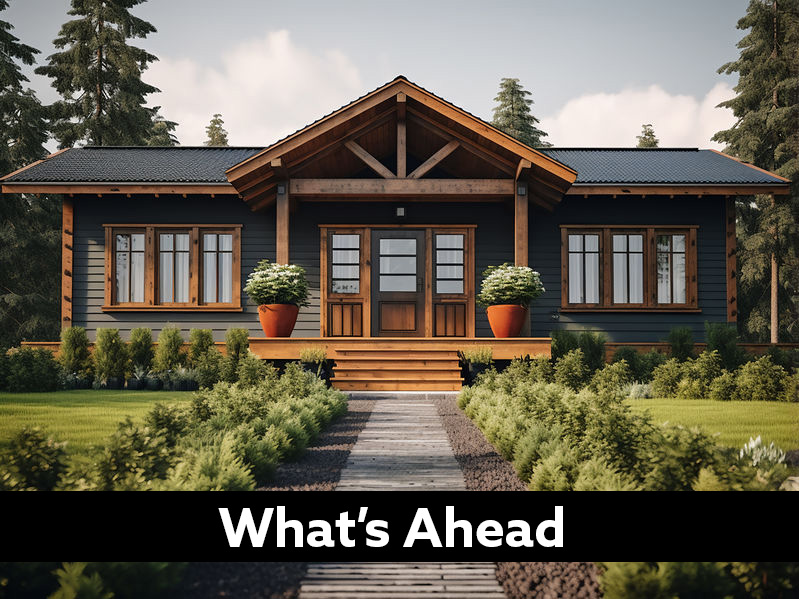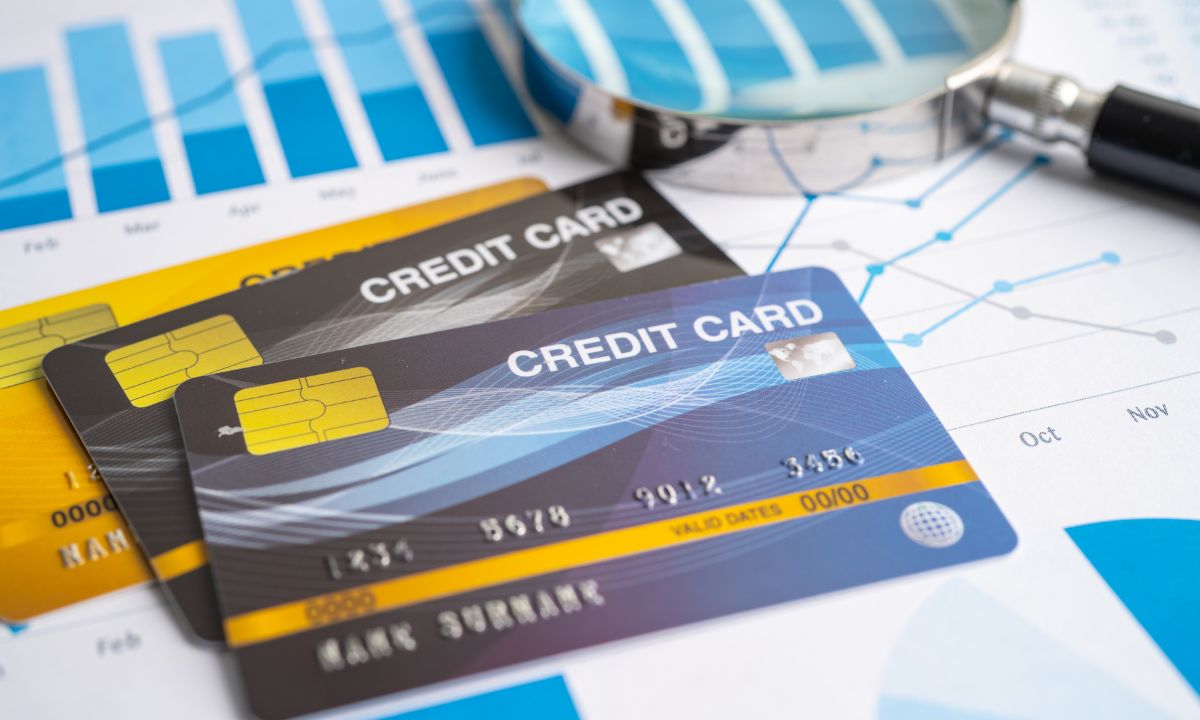 When it comes to purchasing a home, most buyers tend to opt for traditional financing methods like Conventional, FHA, or VA loans. These tried-and-true options have been the cornerstone of home financing for decades. However, an alternative called a Shared Equity Agreement (SEA) is also available, which some may find appealing. Let’s discuss what a Shared Equity Agreement is and why traditional financing options are often a better choice for homebuyers.
When it comes to purchasing a home, most buyers tend to opt for traditional financing methods like Conventional, FHA, or VA loans. These tried-and-true options have been the cornerstone of home financing for decades. However, an alternative called a Shared Equity Agreement (SEA) is also available, which some may find appealing. Let’s discuss what a Shared Equity Agreement is and why traditional financing options are often a better choice for homebuyers.
What is a Shared Equity Agreement (SEA)?
A Shared Equity Agreement is essentially a partnership between a homebuyer and an investor. In this arrangement, the investor provides a portion of the funds needed to purchase the home. In return, the investor receives a share of the home’s future value once it is sold. Both parties benefit if the home’s value increases over time, but it also means the homeowner shares any profit from the sale with the investor.
In simple terms, a SEA is a way to reduce the initial financial burden of buying a home by splitting the investment with an outside party. But this comes with a significant trade-off—sharing the potential future value of your property.
How Does a Shared Equity Agreement Work?
Here’s a simplified explanation of how a SEA functions:
- Investment: The investor contributes part of the down payment or purchase price.
- Ownership: The homeowner lives in the property, maintains it, and covers typical ownership responsibilities.
- Profit Sharing: When the home is eventually sold, the investor receives a percentage of the sale price based on their initial investment.
While this may sound appealing to some, especially first-time homebuyers, it’s essential to consider the long-term costs and implications of this type of arrangement.
Comparing SEAs to Traditional Financing Options
While SEAs offer an innovative approach to homeownership, traditional financing options like Conventional, FHA, or VA loans are generally more advantageous for a variety of reasons. Let’s break them down:
Conventional Loans
- Lower Overall Costs: With a conventional loan, homeowners only pay interest on their loan but keep all of the profits when they sell. There’s no need to share the appreciation with an investor.
- Stability: Conventional loans often come with fixed interest rates, which means your monthly payments stay the same over the life of the loan, providing financial predictability.
FHA Loans
- Accessibility: FHA loans are tailored for first-time homebuyers or those with lower credit scores, making homeownership more accessible without needing an investor.
- Lower Down Payments: FHA loans require lower down payments (as low as 3.5%), which can reduce the financial barrier to entry while still allowing you to maintain full ownership.
VA Loans
- No Down Payment: For eligible veterans, VA loans offer the benefit of no down payment, making them an excellent choice without the need to partner with an investor.
- Competitive Interest Rates: VA loans typically have lower interest rates, reducing the long-term cost of homeownership even further.
Why Traditional Financing is Usually Better
There are several reasons why traditional financing options are generally a better route for most homebuyers:
- Full Ownership: With traditional loans, homeowners retain full ownership and control over the property, which includes any increase in its value.
- Lower Long-Term Costs: While you’ll pay interest with a traditional loan, you won’t have to share any future profits, which can result in lower long-term costs.
- Stability and Predictability: Fixed-rate mortgages provide steady monthly payments, allowing homeowners to plan their finances more effectively over time.
Shared Equity Agreements offer an alternative to traditional loans by partnering with an investor. While this may help with upfront costs, the long-term benefits of traditional financing generally outweigh the advantages of a shared equity arrangement. Conventional, FHA, and VA loans offer homeowners full control, lower long-term costs, and more financial stability. By opting for traditional financing, you can retain full ownership of your home and reap the rewards of its future value.


 If your credit card debt is piling up, a cash-out refinance could be the solution you need to manage your financial situation. By leveraging the equity in your home, you can consolidate your high-interest debts into a lower-interest mortgage, potentially giving you relief from hefty monthly payments.
If your credit card debt is piling up, a cash-out refinance could be the solution you need to manage your financial situation. By leveraging the equity in your home, you can consolidate your high-interest debts into a lower-interest mortgage, potentially giving you relief from hefty monthly payments. When it comes to purchasing a home, most buyers tend to opt for traditional financing methods like Conventional, FHA, or VA loans. These tried-and-true options have been the cornerstone of home financing for decades. However, an alternative called a Shared Equity Agreement (SEA) is also available, which some may find appealing. Let’s discuss what a Shared Equity Agreement is and why traditional financing options are often a better choice for homebuyers.
When it comes to purchasing a home, most buyers tend to opt for traditional financing methods like Conventional, FHA, or VA loans. These tried-and-true options have been the cornerstone of home financing for decades. However, an alternative called a Shared Equity Agreement (SEA) is also available, which some may find appealing. Let’s discuss what a Shared Equity Agreement is and why traditional financing options are often a better choice for homebuyers.